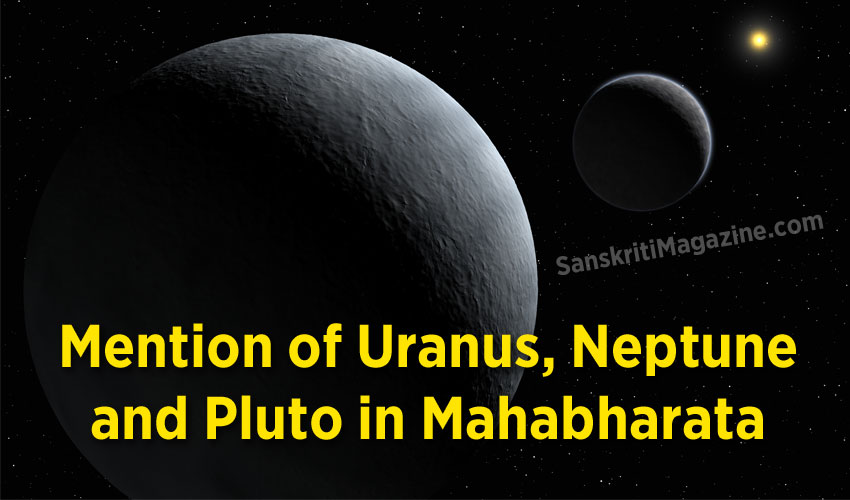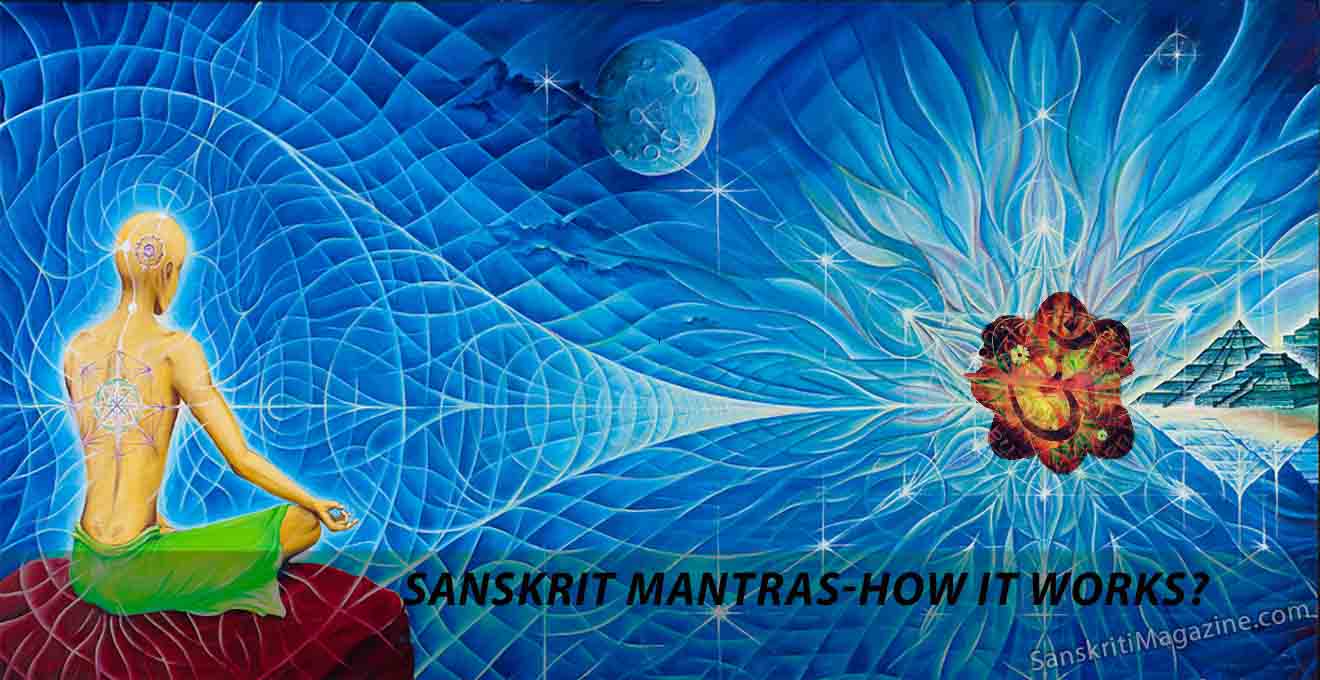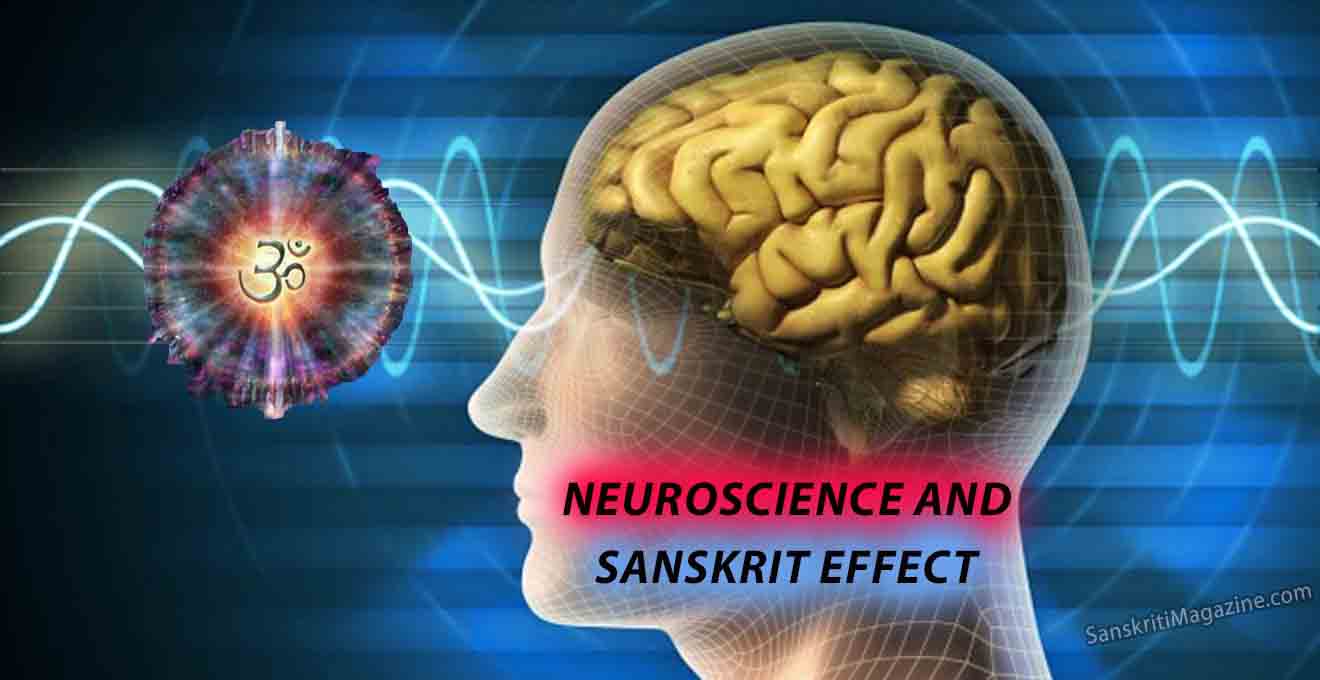Uranus was discovered through telescope on March 13, 1781 AD by William Herschel while Neptune’s path was calculated by John Couch Adams and Urbain Le Verrier in 1846, based on whose calculation the German astronomer Johann Galle and his student Heinrich Louis d’Arrest discovered Neptune a few months later.
However, Sage Veda Vyasa mentioned Uranus, Neptune and Pluto in his epic poem Mahabharata and named them as Sweta, Syama and Teekshana.
Uranus or Sweta (Greenish White planet)
Vishesheena hi Vaarshneya Chitraam Pidayate Grahah….[10-Udyog.143]
Swetograhastatha Chitraam Samitikryamya Tishthati….[12-Bheeshma.3]
Sage Vyasa states that some greenish white (Sweta) planet has crossed Chitra Nakshatra.
Neelakantha Chathurdhara, the Indian scholar who lived in Varanasi in the later half of the 17th century also had the knowledge of Uranus or Sweta. Sweta means greenish white, which was later discovered to be the color of Uranus.
Neelakantha writes in his commentary on Mahabharat (Udyog 143) that Shveta, or Mahapata (one which has greater orbit) was a famous planet in the Astronomical science of India. He calls this “Mahapata” which means one that has greater orbit and indicates a planet beyond Saturn.
Neptune or Syama (Bluish White planet)
Shukrahah Prosthapade Poorve Samaruhya Virochate Uttare tu Parikramya Sahitah Samudikshyate….[15-Bheeshma.3]
Syamograhah Prajwalitah Sadhooma iva Pavakah Aaindram Tejaswi Naksha- tram Jyesthaam Aakramya Tishthati…[16-Bheeshma.3]
Sage Vyasa mentions that a bluish white (Syama) planet was in Jyeshtha and it was smoky (Sadhoom).
Neelkantha calls it “Parigha” (circumference) in his commentary on Mahabharat, meaning that its orbit was almost of the circumference of our solar system.
How did Sage Vyasa know about the color of these planets ? There is mention of mirrors and microscopic vision in Mahabharata (Shanti A. 15,308). In ancient literature, Durbini (device used to see objects at far off distance, similar to binoculars) were mentioned. So, there is a good possibility that lenses and telescopes were present at the time.
Pluto or Teekshana/Teevra
Pluto was discovered to the modern world on February 18th, 1930 by Clyde Tombaugh.
Krittikaam Peedayan Teekshnaihi Nakshatram…[30-Bheeshma.3]
Sage Vyasa states that some immobile luminary was troubling Krittika (Pleides) with its sharp rays. This was mentioned as Nakshatra because it was stationary at one place for long period, so it must be a planet in outer orbit.
It is mentioned again as:
Krittikasu Grahasteevro Nakshatre Prathame Jvalan…… [26- Bhishma.3]
Mathematical calculations indicate that Krittika and Pluto were in conjunction during the Mahabharata period.
Sage Vyasa has mentioned ‘seven Great planets‘, three times in Mahabharat:
Deepyamanascha Sampetuhu Divi Sapta Mahagrahah…[2-Bhishma.17]
The seven great planets were brilliant and shining. In traditional Vedic astrology, Rahu and Ketu are nodes or shadows and do not shine like stars or planets.
Nissaranto Vyadrushanta Suryaat Sapta Mahagrahah…[4-Karna 37]
This line states that the seven great planets were ‘seen‘ moving away from the Sun. Since Rahu & Ketu cannot be ‘seen’, they can be ruled out. The statement is made on the 16th day of Kurukshetra War, so the Moon has moved away from Sun.
We can ascertain by this that Mercury, Venus, Mars, Jupiter, Saturn, Uranus and Neptune are the seven great planets mentioned by Sage Vyasa. Due to the distance of Pluto and its minimal impact upon Earth, the planet was mainly ignored.
Moon was also excluded because it was not visible on that day of Amavasya with solar eclipse.
Praja Samharane Rajan Somam Sapta grahah Iva….[22-Drona 37]
The seven planets are again mentioned by Sage Vyasa, excluding the Moon.
Although they were described over 5100 years ago, the last three planets consisting of Uranus, Neptune and Pluto were simply forgotten as they were not used to predict the future in traditional Indian astrology. On the other hand, Mercury, Venus, Mars, Jupiter and Saturn are mentioned in the Mahabharata numerous times by names that are consistent with rest of the ancient Indian literature.
Even if we do not want to go into the distant past of Sage Veda Vyasa and his indepth knowledge of the planets, we should still consider the knowledge of Neelkantha, who precedes Herschel by about a hundred years and also knew about these planets.
Perhaps it’s time to give credit where it is due…











